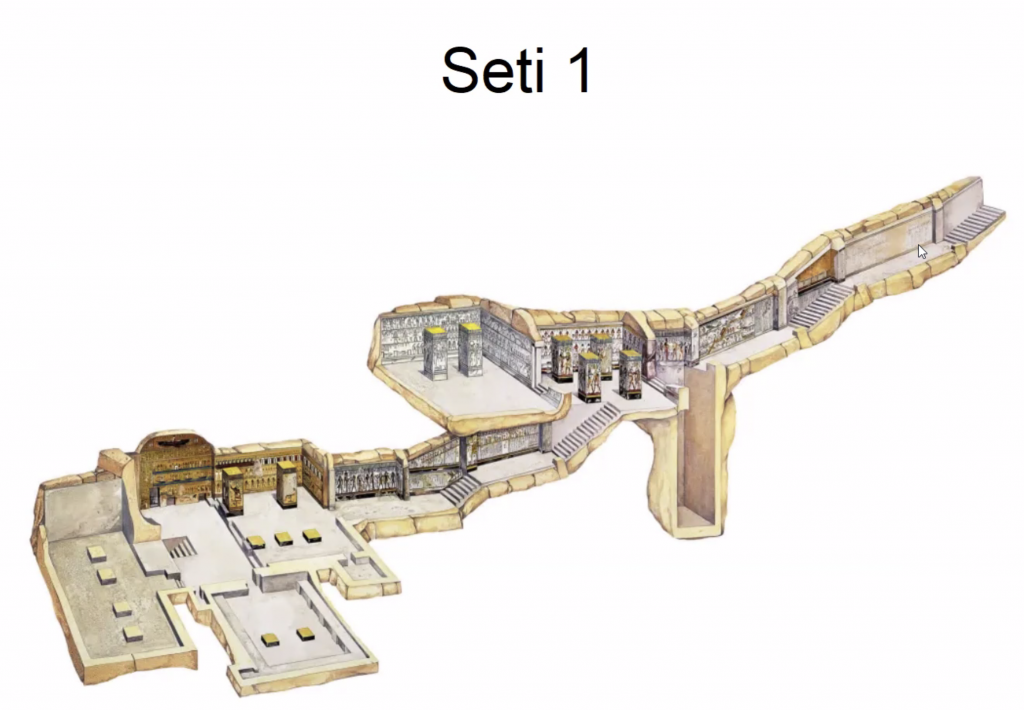20 July 2025
I never knew that water could be so unwelcome in the desert. That is until member Diana Hayden explained in her presentation the problems tomb builders had with flooding. So much so that some passages were constructed with pits to trap the water. Then again, the Valley of the Kings was formed by steady rains, so what the water gave, it also took away.
The original name of the Valley of the Kings in ancient times was The Great and Majestic Necropolis of the Millions of Years of the Pharaoh, Life, Strength, Health in the West of Thebes. But both names are misnomers as only 20 of the 65 tombs are for pharaohs, the rest being for other personages of the time.

Using excellent illustrations, Diana showed us how the designs and decorations of the tombs developed. The hieroglyphs came to be written more carefully and with more colour. Some were eventually carved in plaster rather than just painted so as to make them stand out from the walls. The depictions of people went from simple stick figures to more detailed ones, also with more colour, and with finely decorated clothes.
Experiments in the construction of tombs have left us with a rich variety of layouts. And yet while the passages and chambers varied so much, the art stayed rooted to its traditions, perhaps rightly so.

It is to our benefit that these tombs were forgotten for so long as modern tourism is having a detrimental effect. We should visit them in order to admire the skill and artistry of the workers but perhaps numbers should be limited more.
Thank you, Diana, for such well organized, clear and concise history of tomb building.
TEW
Views: 5
